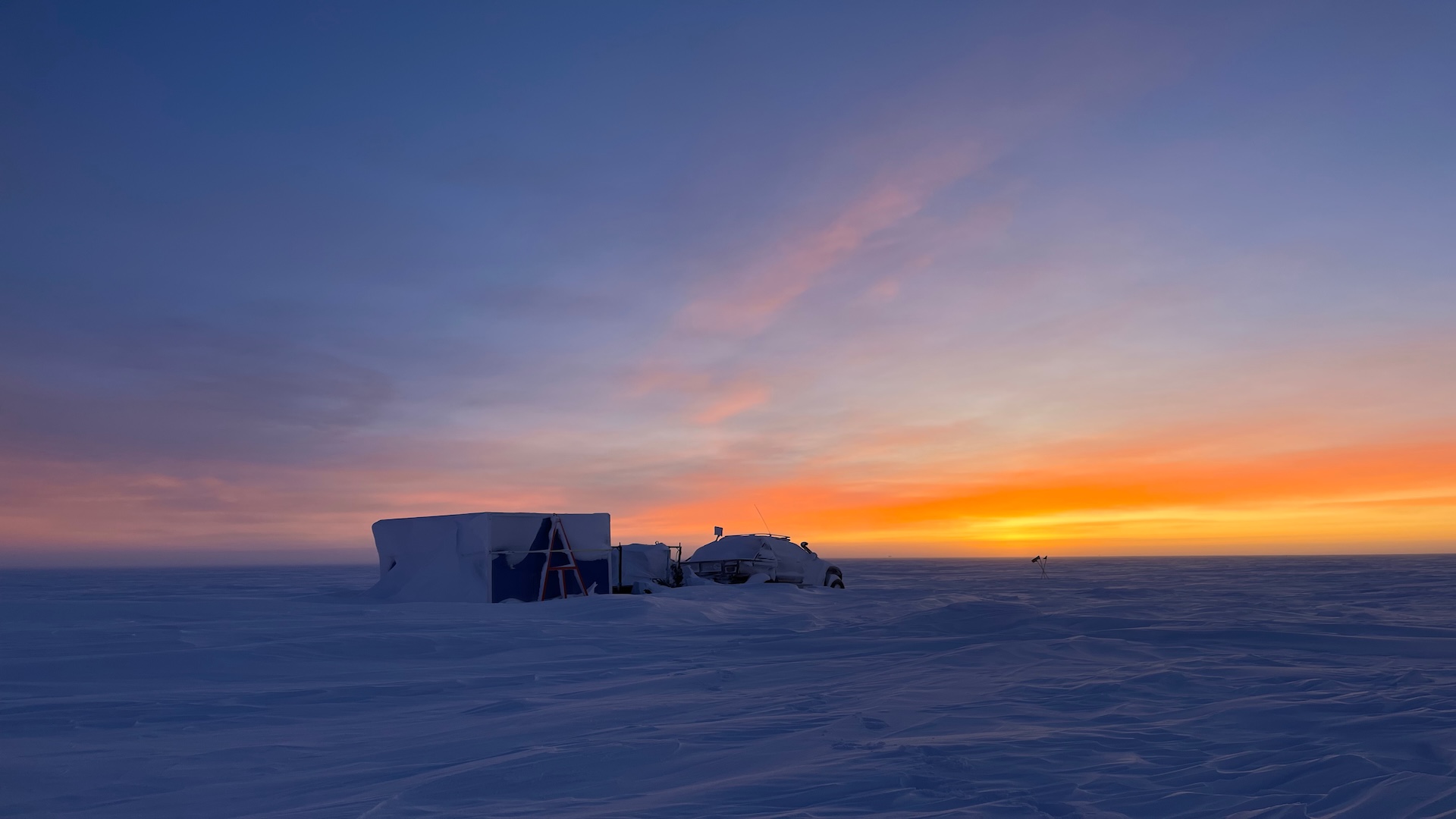Huge Ancient Lake Discovered in Russia

A huge ancient lake once dammed up by the vast ice sheets of the last Ice Age has been found by geologists in Russia. Large glacial lakes were known to cover parts of Russia and North America during the Ice Age. One of the most well-known is Lake Agassiz, which covered portions of Canada and northern Minnesota more than 10,000 years ago. At the time it was the largest freshwater lake on the planet, with an area larger than all of the present-day Great Lakes combined, larger even than California. Last year, geologists found the remnants of a lake near a Russian village called UstNem. Now, the same lake has been found to extend 435 to 497 miles (700 to 800 kilometers) to the west, near another village called Kotlas. By comparison, Lake Superior, the largest of the Great Lakes, is 350 miles (560 km) long at its greatest length. The ancient lake— no longer a lake — is just a few tens of kilometers away from the Ural Mountains. Geologists are taking samples of sediments to shed light on the history of this and other glacial lakes that formed in the region. "We're trying to find out just what these lakes have looked like," said Eiliv Larsen, a geologist with the Geological Survey of Norway. "Where did the sediments come from and how did the lakes influence the environment and the climate in the region?" Lake Agassiz is thought to have possibly influenced the North Atlantic climate when it suddenly drained into what is now Hudson Bay, potentially raising sea levels and altering the ocean circulation. The Russian lake could have had similar consequences when the ice hemming it in finally melted and the lake's freshwater potentially poured into the Arctic Ocean. Geologists studying the area as part of the International Polar Year effort have found evidence of the surrounding ice. "We're finding traces of the snout of a glacier that calved into the lake from the north," Larsen said. "This probably took place around 20,000 years ago and this was the youngest lake in the region." Larsen and his colleagues are also finding traces of older glacial lakes. "Lakes have probably been situated here in two periods during the last Ice Age," he said. "We've found river delta deposits which suggest that the oldest lake formed some 65,000 years ago." These lakes can also leave an imprint on the surrounding land: Lake Agassiz left remnant lakes behind, and the land it once covered is still rebounding from the lost weight of the water pressing down.
- 101 Amazing Earth Facts
- North vs. South Poles: 10 Wild Differences
- Images: Glaciers Before and After
Get the world’s most fascinating discoveries delivered straight to your inbox.

Andrea Thompson is an associate editor at Scientific American, where she covers sustainability, energy and the environment. Prior to that, she was a senior writer covering climate science at Climate Central and a reporter and editor at Live Science, where she primarily covered Earth science and the environment. She holds a graduate degree in science health and environmental reporting from New York University, as well as a bachelor of science and and masters of science in atmospheric chemistry from the Georgia Institute of Technology.


